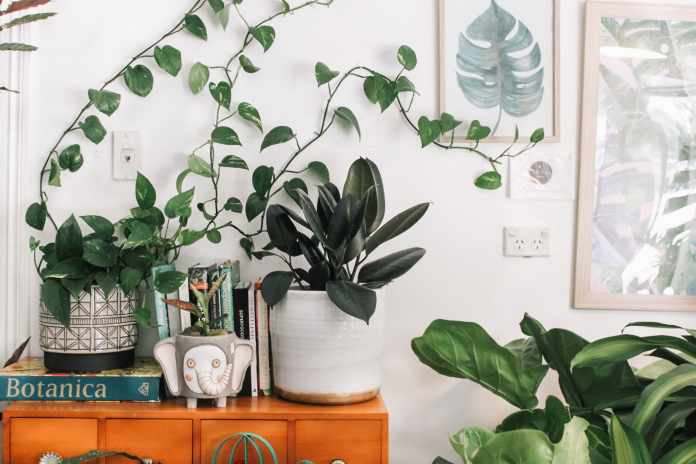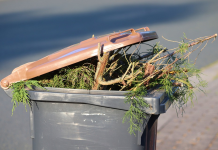If you’re like many people, you’ve probably never considered that what you decide to plant in your garden or yard could get you in trouble with the law. However, there is a surprising number of plants that are illegal to grow in some parts of the United States. These are nine of them.
- Hemp
The Farm Bill of 2018 made hemp legal at the federal level for commercial farms, as long as the crop contains less than .3% THC. However, if you’re thinking about growing hemp for personal use, such as making CBD oil, you need to check your state laws first. Hemp is still illegal to grow in states where it is not legal to cultivate cannabis. If you live in one of these states, growing hemp could subject you to the same penalties as growing marijuana. In states where you can grow cannabis legally, growing hemp will count towards your cultivation limit. Additionally, if you plan to grow outdoors, you may need to apply for a commercial license and keep the plants out of public sight.
- Barberry
Barberry is prized by some proponents of natural medicine but is considered a noxious plant in multiple states, including Connecticut, Michigan, Massachusetts and New Hampshire. This shrub has small, serrated leaves and may grow as tall as 13 feet. It produces small fruits that contain high amounts of vitamin C but taste very sour.
- Forget-Me-Not
While forget-me-nots produce lovely flowers, they are an invasive species that is banned in Massachusetts and Connecticut. First introduced to North America in 1886, these European plants can be detrimental to many native plants.
- Kudzu
Colloquially known as “the vine that ate the South,” Kudzu is another invasive plant that is banned in Massachusetts, Connecticut and Florida. While New York has not yet made growing it illegal, some people have employed herds of grazing animals, such as goats, in an attempt to eradicate it. Kudzu, which is also known as Japanese arrowroot, is a member of the bean family and was once used as livestock feed.
- Wild Sugarcane
While wild sugarcane is a sweet-tasting plant, unlike the commercially produced variety, it yields very little usable sugar. The USDA has classified the plant as a noxious weed. It is highly regulated in South Carolina, Florida and Massachusetts, quarantined in California and Oregon and prohibited in Alabama, Vermont and Minnesota.
- Aquarium Plants
Plants that grow underwater are popular additions to many aquariums, but many types of aquarium plants are illegal to grow in some states. The floating water hyacinth is banned in Arizona, Arkansas, Alabama, California, Louisana, Florida, South Carolina and Texas. Because it can create problems when introduced to local water sources, Cabomba is prohibited in Connecticut, Maine, California, Vermont, New Hampshire and Washington State.
- Duck Lettuce
Duck lettuce can be a good source of nutrition for wildlife, such as ducks, bullfrogs and fish; however, because it requires a large number of nutrients, overplanting it can kill native species of plants. Additionally, once planted, duck lettuce can be very difficult to eliminate. The USDA has classified it as a noxious weed and the states of Alabama, Massachusetts, California, Oregon, North and South Carolina and Vermont prohibit it.
- Jointed Prickly Pear
This spiny cactus is native to South America and thrives in roadside pastures, stream banks and grazing lands. Popular as an ornamental house plant, it can propagate when thrown out and broken segments travel on the wind or animal fur. It is illegal to grow in Alabama, California, South Carolina, Oregon and Vermont.
- Wingleaf Passionfruit
Non-native plants that threaten the island ecosystem of Hawaii have become a big problem. This has led the state to ban many invasive species, including the wingleaf passionfruit.
These are just a few of the plants that could be illegal to grow in your area. If you are unsure about something you plan to plant, check with local authorities first.
















